Aligning US and UK Frameworks for Global Consistency
- Posted by admin
- On January 21, 2025
- 0 Comments
As global businesses expand their operations across borders, they encounter the challenge of aligning financial reporting standards across multiple jurisdictions. Companies operating in the United States and the United Kingdom must reconcile differences between US GAAP (Generally Accepted Accounting Principles) and UK GAAP or FRS (UK Financial Reporting Standards) to achieve consistency in their financial statements. This alignment enhances regulatory compliance and strengthens investor confidence by ensuring transparency and comparability across regions.
The process of harmonization, however, is not without challenges. Differences in recognition criteria for revenues and expenses, measurement bases for assets and liabilities, and distinct disclosure requirements can create complexities that businesses must navigate.
The Need for Harmonization
Investor Expectations
Investors and stakeholders require accurate, comparable, transparent financial information to make well-informed decisions. Inconsistent financial reporting across jurisdictions can lead to confusion, misinterpretation of financial performance, and diminished trust. Harmonized financial reporting ensures that stakeholders have a clear understanding of a company’s financial health, regardless of the jurisdiction in which it operates.
For instance, a multinational company with subsidiaries in both the US and UK may present different financial results due to variations in accounting standards. Such discrepancies can create uncertainty for investors, especially when evaluating performance metrics like revenue growth, profitability, and asset valuations. Aligning financial reporting standards helps mitigate these discrepancies and fosters investor confidence.
Regulatory Compliance
Regulatory bodies in the US and UK are increasing their scrutiny of financial disclosures to ensure that companies adhere to strict compliance requirements. In the US, the Securities and Exchange Commission (SEC) mandates adherence to US GAAP. At the same time, companies listed on public exchanges in the UK must comply with IFRS (International Financial Reporting Standards) or UK GAAP, depending on their classification.
Failure to comply with these standards can result in penalties, loss of credibility, and reputational damage. Harmonizing financial reporting processes across jurisdictions ensures that companies meet the regulatory requirements of both regions, reducing the risk of non-compliance and enhancing the accuracy and reliability of financial reports.
Challenges in Harmonization
| Challenge | US GAAP Approach | IFRS Approach |
| Differing Recognition Criteria | Follows ASC 606, focusing on performance obligations and transfer of control | Follows IFRS 15, emphasizing similar principles but with nuanced interpretations |
| Measurement Bases | Primarily uses historical cost | Allows revaluation models based on market conditions |
| Disclosure Requirements | Specific and detailed requirements | Focuses on principles, with flexibility in certain disclosures |
Case Study: Global Retail Corp
Global Retail Corp, a multinational retailer with operations in the US and the UK, faced significant challenges in consolidating its financial statements. The company encountered discrepancies in inventory valuation and revenue recognition rules across US GAAP and IFRS, leading to inconsistencies in reported financial performance.
To address these challenges, Global Retail Corp implemented a dual-reporting framework, utilizing advanced ERP (Enterprise Resource Planning) systems to automate the reconciliation process. By adopting this approach, the company was able to streamline its reporting processes, reduce errors, and ensure accuracy and compliance across all financial documents.
Strategies for Successful Harmonization
1. Training and Development
Investing in ongoing training programs for finance teams is essential to ensure that they understand the nuances of both US GAAP and IFRS. Cross-training employees on both standards can help bridge the knowledge gap and reduce the risk of errors in financial reporting.
Finance teams must be equipped to handle complex transactions and adjustments required for dual reporting. Providing regular updates on changes to accounting standards and conducting workshops can further enhance their proficiency.
2. Advanced Reporting Systems
Implementing robust ERP systems that can handle dual reporting requirements is critical for companies operating in multiple jurisdictions. These systems can automate the reconciliation process between US GAAP and IFRS, reducing the manual effort required and minimizing the risk of errors.
Advanced reporting systems also enable companies to generate real-time financial reports that comply with the standards of both regions, improving the accuracy and timeliness of financial disclosures.
3. Regular Audits and Reviews
Scheduling regular audits and reviews of financial reports is a best practice for ensuring compliance with US and UK standards. These audits help identify discrepancies and areas for improvement, ensuring that financial statements accurately reflect the company’s financial position.
Engaging external auditors with expertise in cross-jurisdictional reporting can provide an additional layer of assurance and enhance the credibility of financial reports.
4. Engage with Standards Setters
Participating in discussions with standards setters like the Financial Accounting Standards Board (FASB) and the International Accounting Standards Board (IASB) can help companies stay ahead of changes in accounting standards. By engaging with these bodies, companies can influence developments that affect their industry and ensure that their reporting processes remain compliant.
Conclusion
Harmonizing financial reporting across the US and UK is no longer a choice but a necessity for global businesses. The convergence of accounting standards provides a foundation for more consistent, transparent, and comparable financial statements, bridging gaps between jurisdictions and fostering a unified narrative for stakeholders.
Alignment between US GAAP and UK GAAP or IFRS goes beyond regulatory compliance—it addresses the critical need for accurate cross-border financial information that can withstand scrutiny from investors, regulators, and analysts alike. This harmonization process strengthens trust in financial disclosures and enhances decision-making capabilities for all stakeholders.
Companies like Global Retail Corp illustrate that harmonization is achievable with the right strategies. Businesses can successfully streamline their financial reporting processes by investing in training, leveraging advanced reporting systems, conducting regular audits, and engaging with standards setters.
Ultimately, harmonized financial reporting is a strategic asset that enables companies to navigate the complexities of cross-border operations with greater confidence and credibility. It ensures that financial performance is conveyed clearly and consistently across markets, building long-term trust and positioning businesses for sustainable global growth.











0 Comments